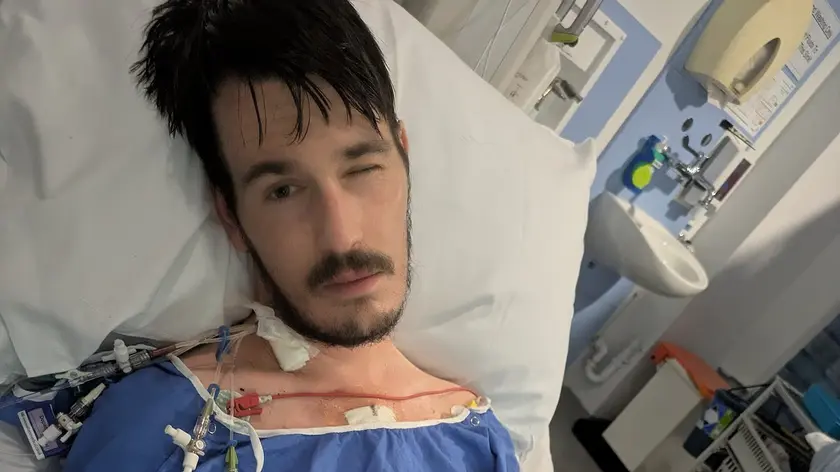T4K3.news
A&E misdiagnosis highlighted by fatal case
A 52-year-old man died after an aortic dissection was not diagnosed at first visit to A&E. A review is underway.

A partner describes a sudden death after a misdiagnosis at A&E, underscoring the risk of aortic dissection and the need for greater awareness.
Misdiagnosis at A&E Highlights Aortic Dissection Risk
David Burgess, 52, a legal recruitment consultant, began suffering severe stomach and back pain in late April. He went to Wythenshawe Hospital’s A&E, where doctors diagnosed gastritis and advised rest and Gaviscon. His condition did not improve, and he returned on May 1 for further tests. He was later found to have an aortic dissection, a tear in the aorta that can rapidly become life threatening.
Key Takeaways
"It was absolutely horrific, just completely out of nowhere."
Sandra O’Hagan on the moment the illness worsened
"Why did we trust the doctors?"
Sandra on the initial discharge
"Aortic dissection seems to be flying under the radar"
Sandra calling for broader awareness
"The surgeon said he had a torn aorta and half the cases where this happens, the people die straight away"
Surgeon describing the risk in these injuries
The case raises questions about how emergency departments identify serious vascular problems when symptoms look non specific. It highlights the pressure on busy A&Es and the risk of a missed diagnosis when early signs are misread as common tummy issues. It also shows how families react when care falls short and how hospitals respond with reviews and accountability. The wider issue is public awareness: awareness can lead to quicker checks and better outcomes for patients with rare but deadly conditions.
Highlights
- Trust in the triage room should not cost a life
- Not every abdominal pain is gastritis
- Aortic dissection remains under the radar
- We deserve timely checks and clear communication
Missed diagnosis at emergency department risks patient safety and public trust
The case raises concerns about diagnostic accuracy under pressure in A&E settings, potential ethical and legal repercussions, and the need for stronger awareness and training about aortic dissection.
The road to safer care lies in faster recognition and broader understanding of risky conditions.
Enjoyed this? Let your friends know!
Related News

Aortic dissection misdiagnosis prompts review at Manchester hospital

Backpacker pleads guilty in Perth crash

Matt Ullmer's heart condition story goes viral

Tragic loss highlights food allergy risks for travelers

Misdiagnosis at A&E prompts review

Missed diagnosis ends in tragedy at A&E

Kitten bite highlights travel rabies care gaps

E. coli outbreak linked to salad leaves leads to increased infections
